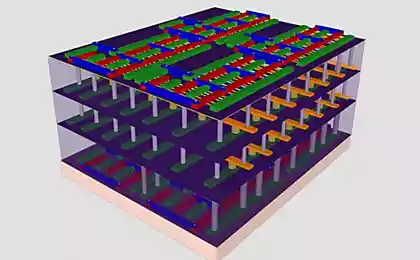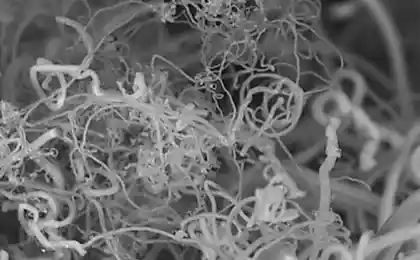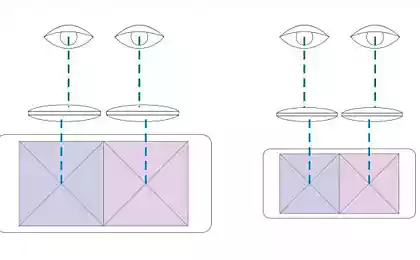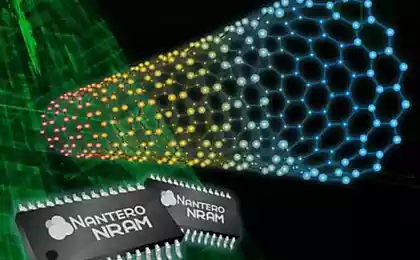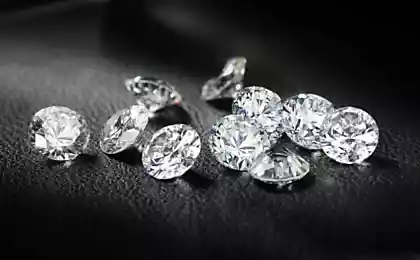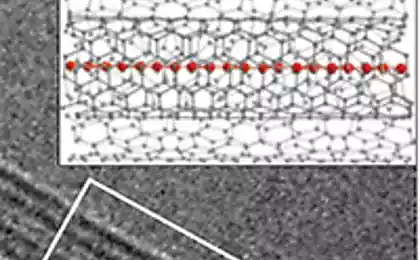505
Your next smartphone may be a carbon life form
Analytical Agency BBC Research believes that technology is a nonvolatile memory based on carbon nanotubes, will be launched into mass production in 2018."You rarely see a technology that is taking off after years of development, but NRAM think it is this, — said the chief editor of BBC Research Kevin Fitzgerald. — Actually, your next smartphone can be a carbon life form".
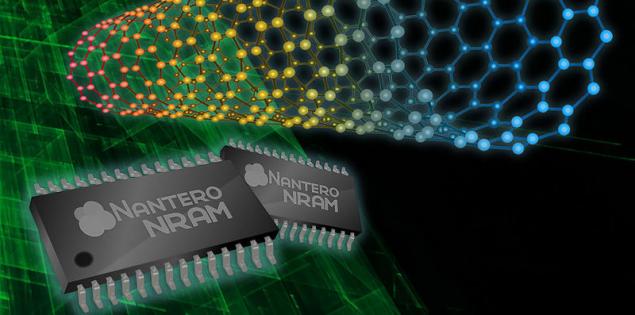
In the report a long way NRAM — non-volatile memory — to-market is compared to the confrontation between David and Goliath, except that in the case of NRAM David came to the aid of one of the arms of Goliath. In August, the company Fujistu Semiconductor Ltd. became the first manufacturer who announced the launch of a mass production non-volatile memory at the end of 2018.
According to BBC Research, NRAM has the potential for mass customisation, that is, the microchip can be adapted to many specific problems. This will create a cheap Autonomous sensors for the Internet of things and memory for smartphones, chips for self-driving cars, and even headphones that store music tracks.
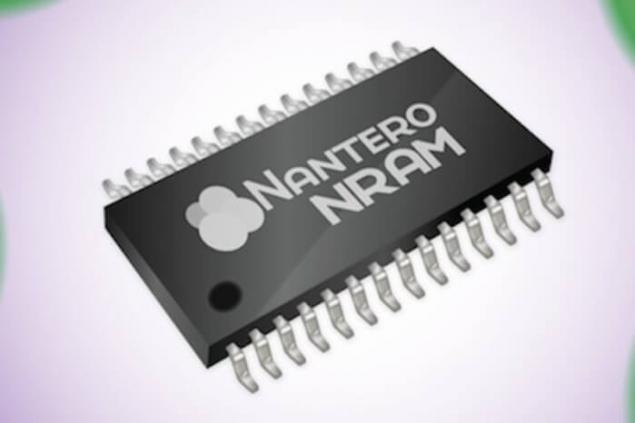
The report BBC Research States that the market of nano-RAM expects an increase in the aggregate annual growth rate by 62.5% between 2018 and 2023 year. In General, the market of this technology will grow from $4.7 million in 2018 to $217,6 million in 2023.
Non-volatile memory, invented in 2001, the company Nantero, Inc., has a processing capacity 1,000 times greater than the modern standard of computer DRAM memory, but it does not stop working when you disconnect a supply of electricity.
One of the competitors NRAM technology magnetoresistive random access memory (MRAM), to develop a working IBM. Last summer, the company announced the creation of the device 100 thousand times faster than NAND flash memory, and not subject to wear. published
P. S. And remember, only by changing their consumption — together we change the world! ©
Source: hightech.fm/2017/01/14/nram-2018

In the report a long way NRAM — non-volatile memory — to-market is compared to the confrontation between David and Goliath, except that in the case of NRAM David came to the aid of one of the arms of Goliath. In August, the company Fujistu Semiconductor Ltd. became the first manufacturer who announced the launch of a mass production non-volatile memory at the end of 2018.
According to BBC Research, NRAM has the potential for mass customisation, that is, the microchip can be adapted to many specific problems. This will create a cheap Autonomous sensors for the Internet of things and memory for smartphones, chips for self-driving cars, and even headphones that store music tracks.

The report BBC Research States that the market of nano-RAM expects an increase in the aggregate annual growth rate by 62.5% between 2018 and 2023 year. In General, the market of this technology will grow from $4.7 million in 2018 to $217,6 million in 2023.
Non-volatile memory, invented in 2001, the company Nantero, Inc., has a processing capacity 1,000 times greater than the modern standard of computer DRAM memory, but it does not stop working when you disconnect a supply of electricity.
One of the competitors NRAM technology magnetoresistive random access memory (MRAM), to develop a working IBM. Last summer, the company announced the creation of the device 100 thousand times faster than NAND flash memory, and not subject to wear. published
P. S. And remember, only by changing their consumption — together we change the world! ©
Source: hightech.fm/2017/01/14/nram-2018
BMW will begin tests of the autopilot 40 "sevens"
Cota – amazing wireless charging for mobile devices


